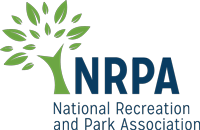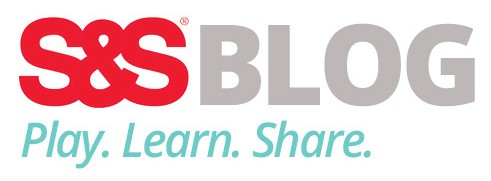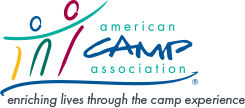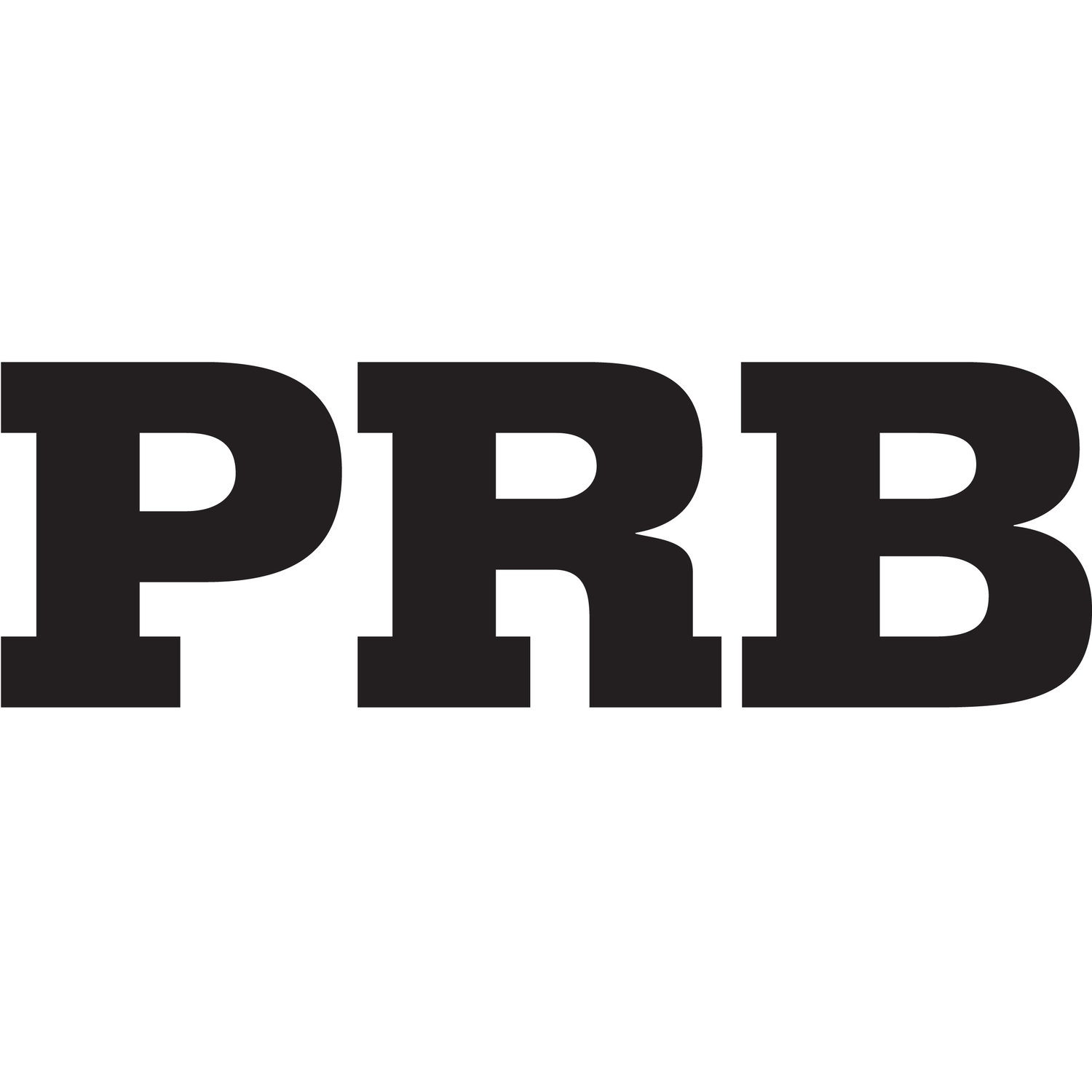Risk Management is never fun but is essential in preventing a catastrophic incident that could cause serious harm and shut your camp down for good. Risk management is not just a hazard or physical accident, but could include things like financial losses or losing important records. Here are several tips to help you mitigate risk.
- Make sure you have the proper insurances and liability waivers in place to protect you and your staff, your camp facility, and your participants.
- Do routine documented facility and equipment inspections to identify liabilities and hazards.
- If you find a potential liability or hazard, fix it immediately. If you cannot fix it secure the area with proper signage so no one can get near it.
- Inspect and survey any play space to make sure it is safe before children arrive and make sure it stays safe while the campers are in that area.
- Train your staff properly on all aspects of camp and get them applicable certifications such as first aid and CPR.
- Manage finances properly to curtail the financial risks of an incident. Set money aside for a contingency fund in case something unexpected comes up.
- Have a contingency plan. What can go wrong, will go wrong so always have a back up plan incase “Plan A” doesn’t go as expected.
- Have an emergency action plan. Plan and train for risk scenarios. In case of an emergency or unexpected incident you and your staff are prepared to handle any situation.
A common Risk Management practice is to follow the 10 P’s of Risk Management.
Policy: Have proper policies in place to protect the safety of your staff, campers, and your facilities and know what to do when an incident occurs.
Planning: As we mentioned above, planning and training for incidents will better prepare you and your staff when an incident occurs. Have your emergency action plans in place for any type of camp or program you coordinate.
Product or Service: Understand the potential risks that could occur based on the service you are offering. If you know and understand what type of risks can occur you will be more prepared to prevent an incident or handle an incident when it occurs.
Process: Make sure you have controls in place to reduce your risk and ensure your staff is trained or qualified to handle them.
Premises: Consider the size and layout of your facilities and what risks could occur within them. Know the financial concerns related to repair and maintenance of those facilities.
People: One of your top priorities at camp are the safety of your campers and staff. Proper training and supervision will ensure you run a well-organized safe camp.
Protection: This is much broader than just protection of people from health and safety risks, and includes identifying risks associated risks with the protection of people, premises, equipment, and the surrounding environment. Once the associated risks are identified it is imperative you have the proper insurance coverages and waivers in place to protect your most valuable assets.
Procedures: Make sure you have proper procedures in place if an incident does occur.
Purchasing: Have purchasing policies in place to control costs, create contingency funds, and purchase quality equipment that will not pose a hazard at camp.
Performance: Evaluating your camp regularly to ensure you are following the risk management guidelines you have in place. If incidents do occur use evaluation to have a plan to prevent future incidents.
All the principles above should be integrated into your planning and policy decisions and evaluated on a regular basis. Take an ongoing approach to controlling risk management to show safety is your number one priority. Being prepared and mitigating risk will not only prevent an incident it will make sure you are protected if an incident does occur.
Favorite







